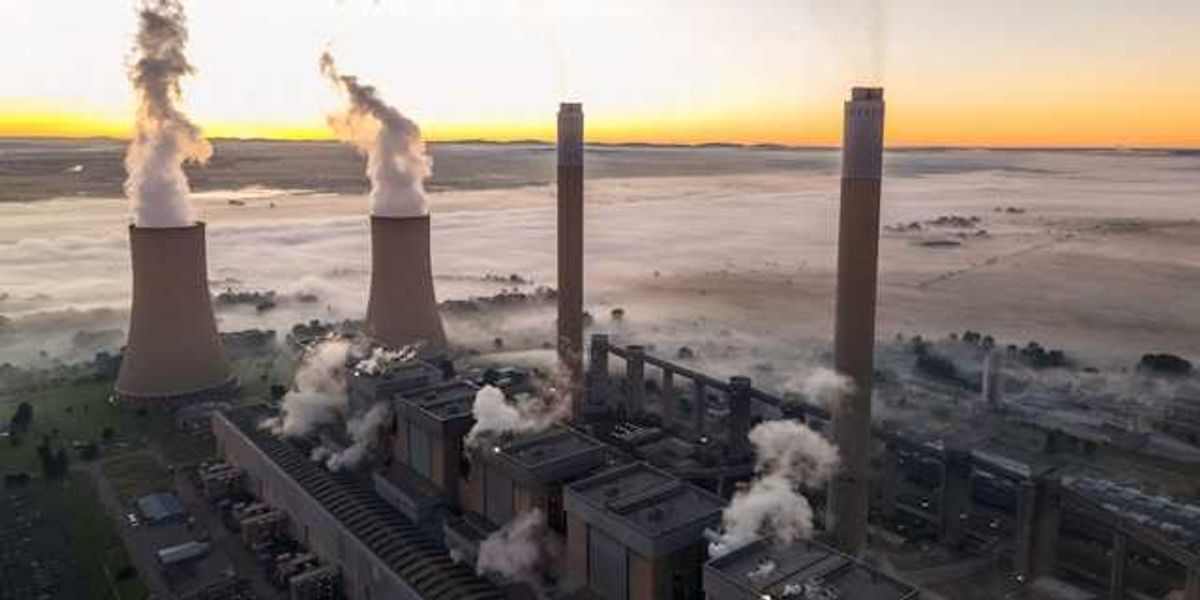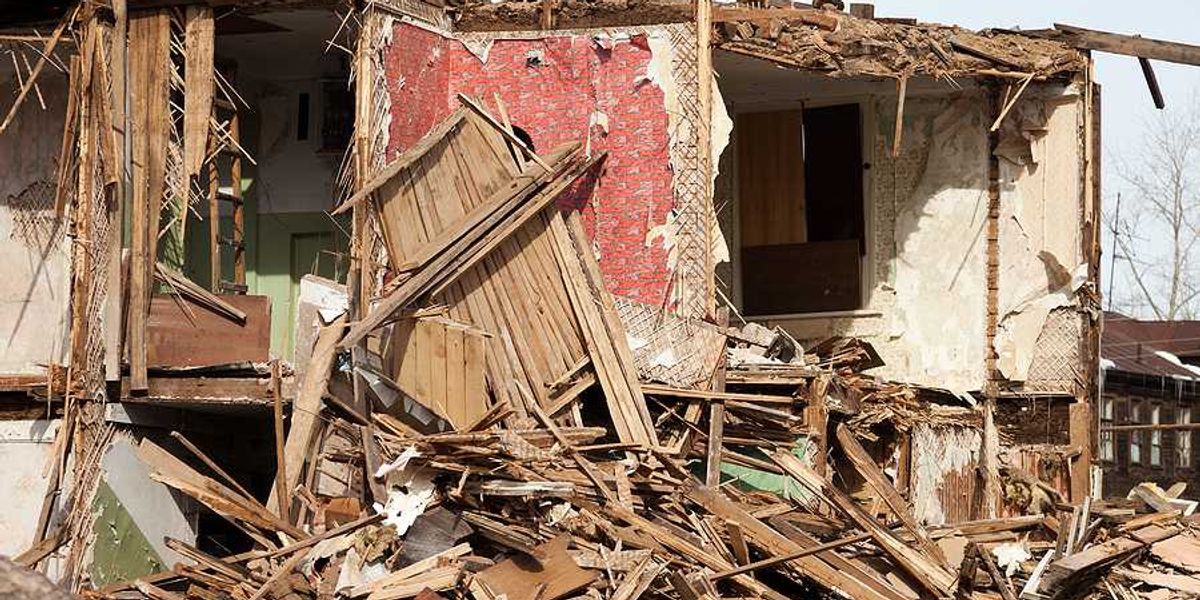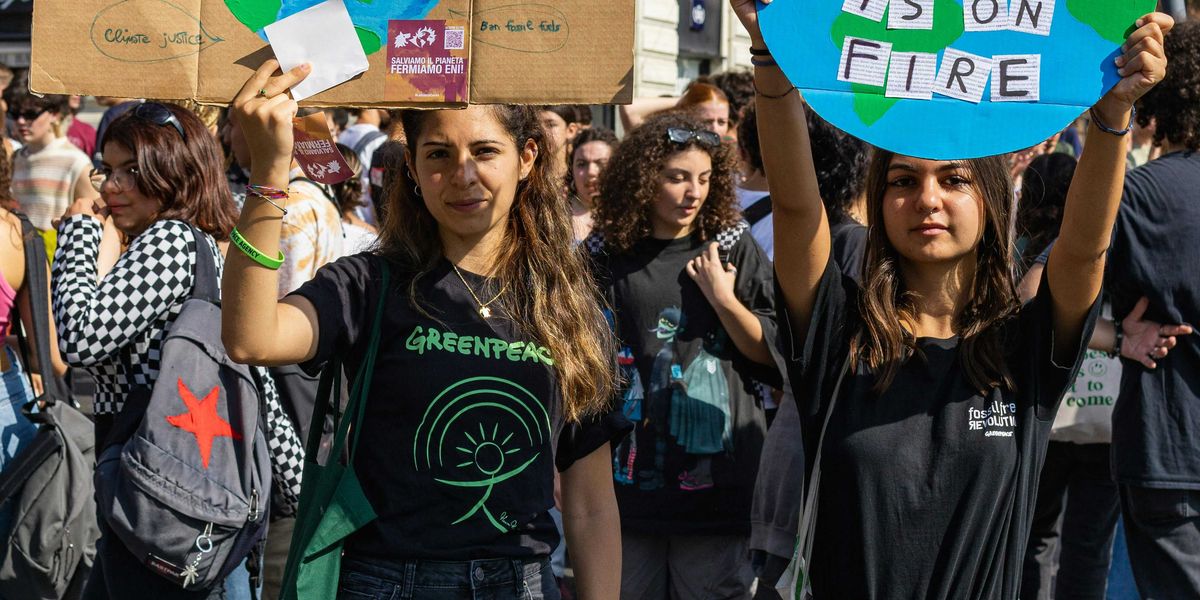Texas faces increased wildfire threats due to climate change
As the Smokehouse Creek fire rages on, Texas grapples with the escalating wildfire risks fueled by climate change, posing significant challenges to property insurance and homeowner costs.
Delger Erdenesanaa and Christopher Flavelle report for The New York Times.
In short:
- The Smokehouse Creek fire, the largest in Texas history, exemplifies the heightened wildfire risks caused by a trio of weather conditions: high temperatures, low humidity, and strong winds.
- Climate change has led to a 0.61°F increase per decade in Texas since 1975, contributing to longer and earlier fire seasons, and affecting the insurance market with rising premiums and insurers withdrawing from high-risk areas.
- Texas, now second only to Florida in the number of properties vulnerable to wildfires, faces a year-round fire threat, shifting away from the traditional fire season concept.
Key quote:
"There were clear fire seasons for Texas in the past, but fires have become a year-round threat."
— Yongqiang Liu, meteorologist at the U.S. Forest Service’s Southern Research Station
Why this matters:
The increasing frequency and intensity of wildfires in Texas threaten lives and property and signal a broader trend of growing environmental challenges. These changes impact the insurance industry, prompting higher costs for homeowners and highlighting the urgent need for policy and climate action to mitigate risks and protect communities. The impacts of wildfires are more far-reaching than you may realize.













